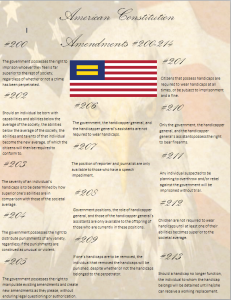
http://www.thinglink.com/scene/499255426785738753
After reading the first couple chapters of Ruth Minsky Sender’s memoir, “The Cage” the Jewish ghettos described throughout the text are depicted as having unimaginably harsh living conditions, very little employment, and a very large concentration of Jewish people. Sender provides the reader with an excellent perception of truly how grueling life within the barbed wire fences was, as she too was subjected to life in a ghetto during World War II. Inhabitants of these ghettos were not only malnourished and living on rations, but the ghettos were also rampant with poverty. Often families and individuals would become sick due to a lack of vitamins and nutrients, as they would only receive small amounts of bread and water. However with next to no resources available to them, doctors would only be able to diagnose patients, not cure their ailments. As a result, diseases such as tuberculosis were common, and spread from person to person rapidly because of close quarters and weakened immune systems. Then, when the Nazis came to the ghettos every so often, those who were believed to be sick or unable to work were carted off on wagons such as Ruth’s mother, and most often killed. Families were separated often, and many children were left without parents.
